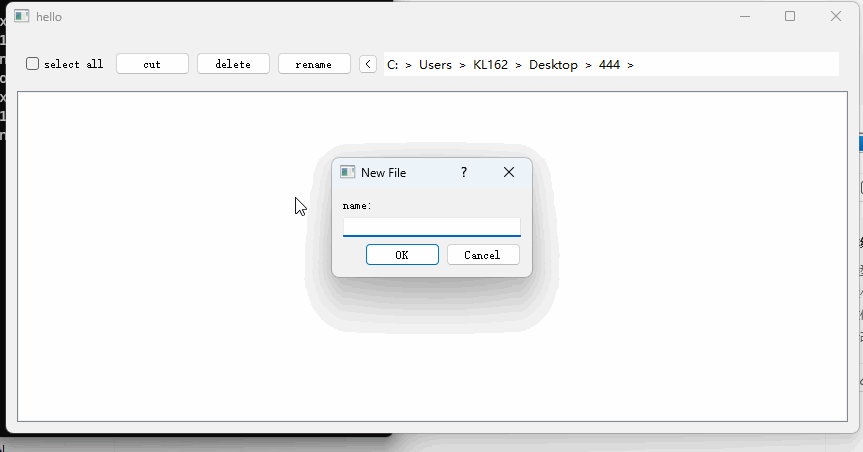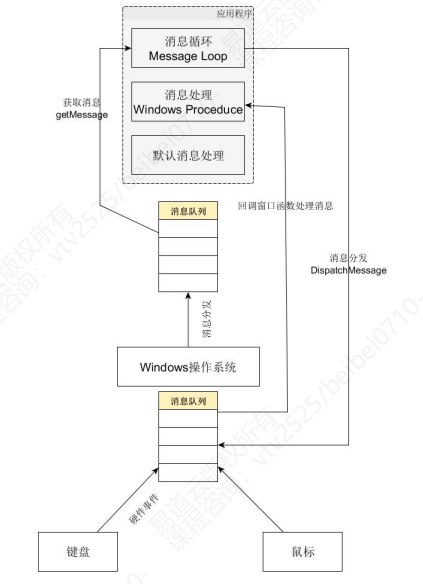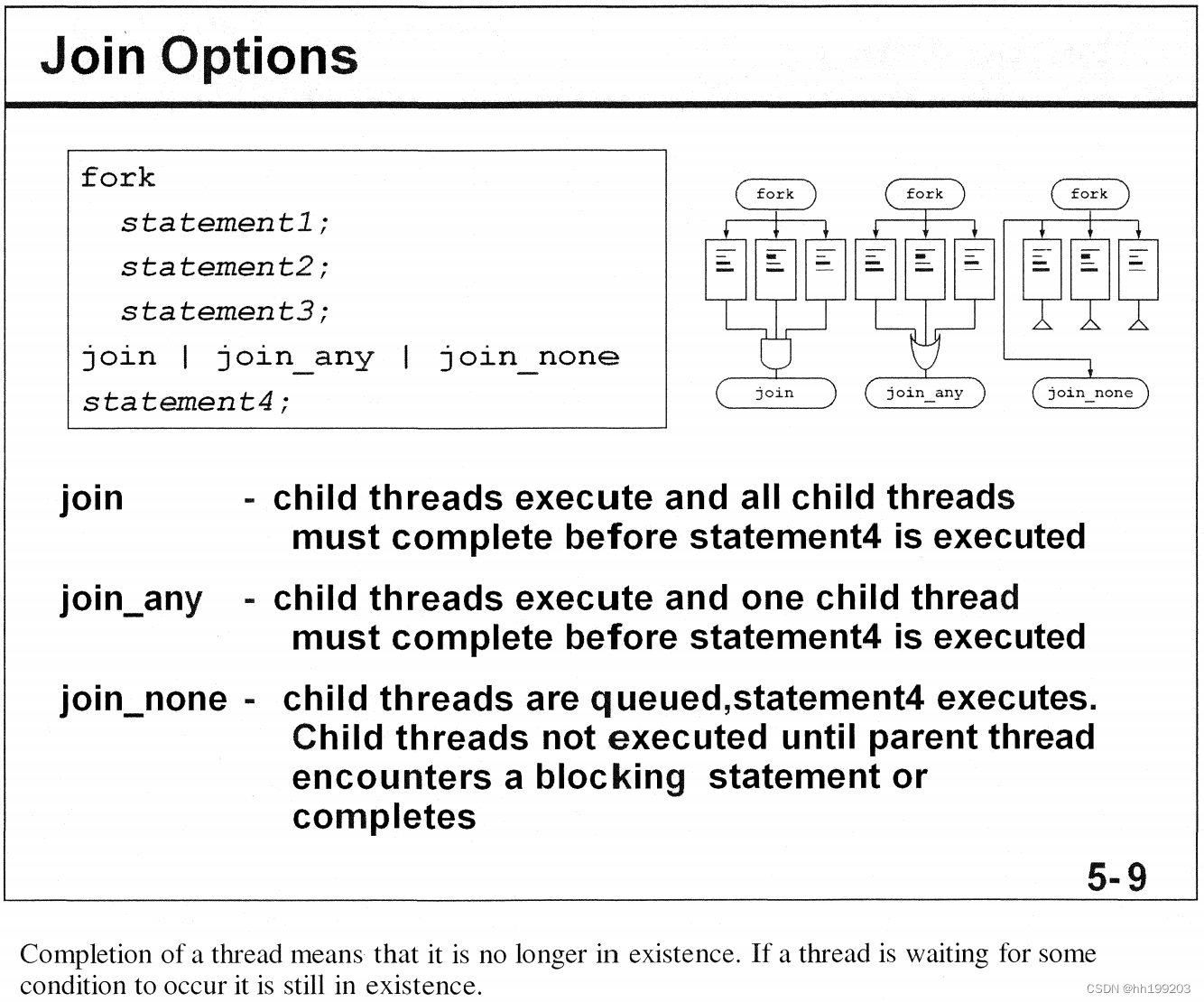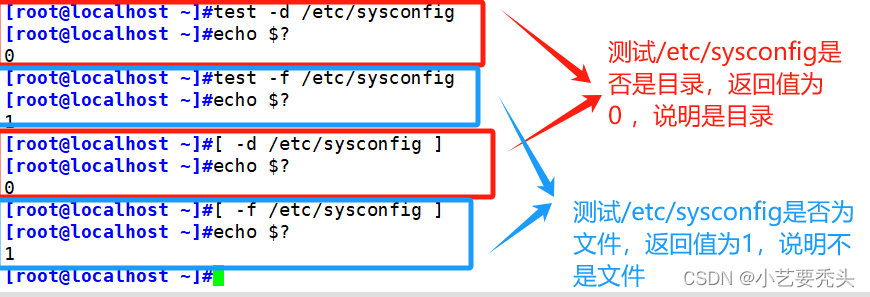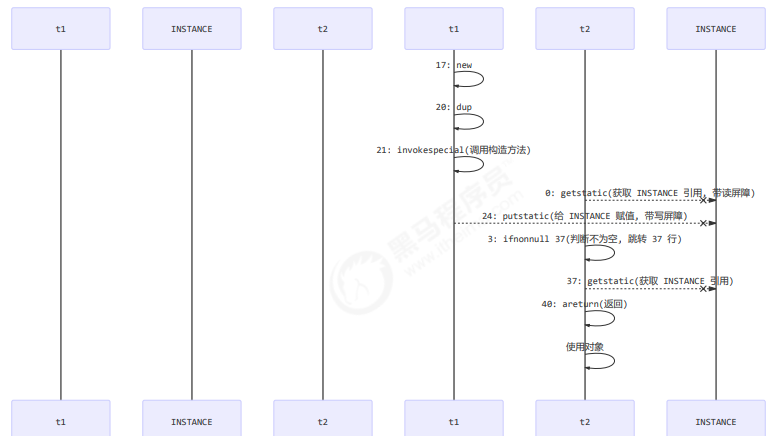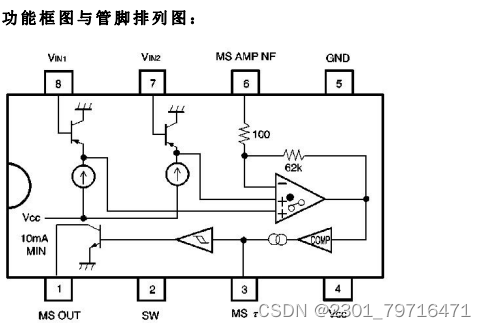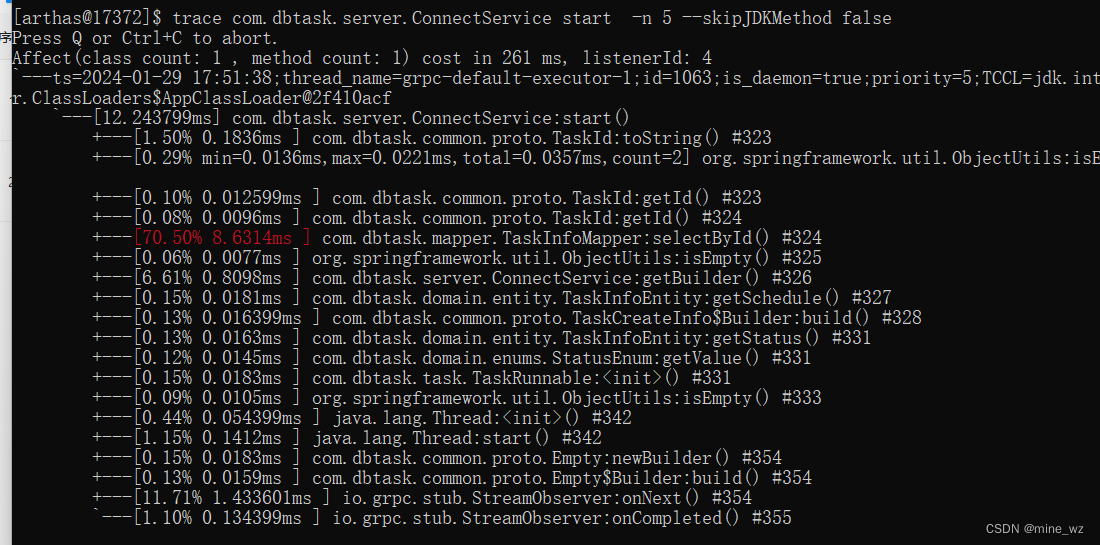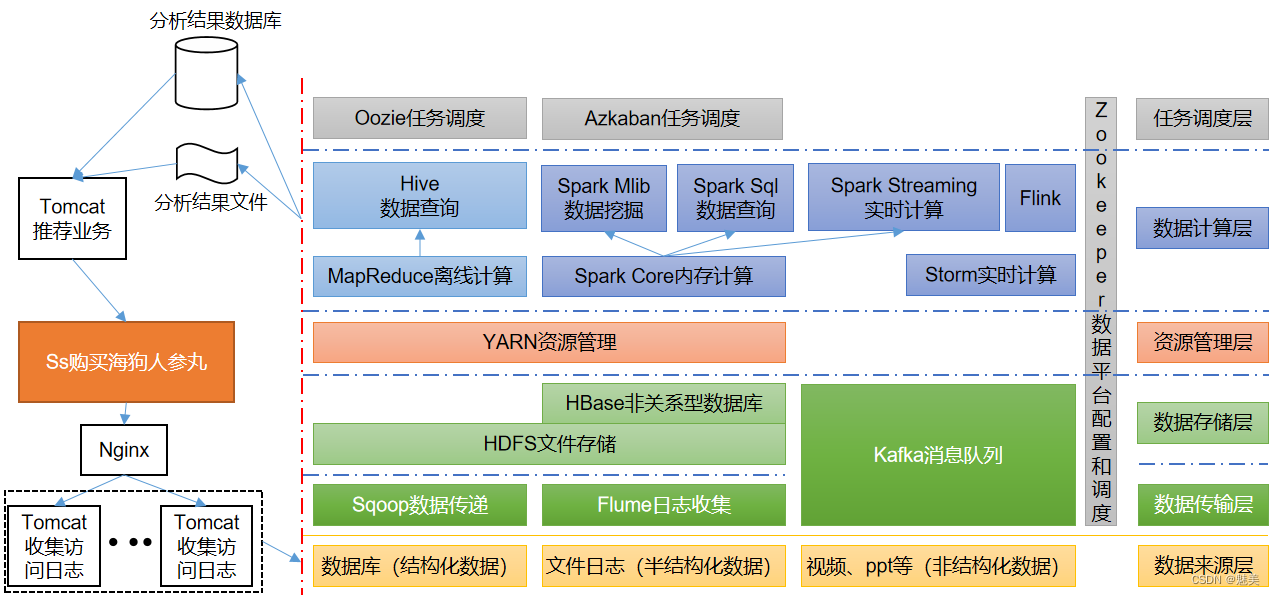AMS 即 ActivityManagerService,负责 Activy、Service、Broadcast、ContentProvider 四大组件的生命周期管理。本文主要介绍 AMS 的启动流程和初始化过程。AMS 在初始化的过程中,也伴随着了ATMS(ActivityTaskManagerService)的初始化
记得我们在system_server进程启动流程这一篇讲过,里面其中包括了创建SystemServerManager,再看下源码,在SystemServer类中run方法中:

startBootstrapServices:

跳转到startBootstrapServices中去看:

注:10.0之后添加了ActivityTaskManagerService这个服务 ,简称ATM,这里启动了ATM服务
接下来看ActivityTaskManagerService Lifecyle这个类
public static final class Lifecycle extends SystemService {
1006 private final ActivityTaskManagerService mService;
1007
1008 public Lifecycle(Context context) {
1009 super(context);
1010 mService = new ActivityTaskManagerService(context);
1011 }
1012
1013 @Override
1014 public void onStart() {
1015 publishBinderService(Context.ACTIVITY_TASK_SERVICE, mService);
1016 mService.start();
1017 }
1018
1019 @Override
1020 public void onUnlockUser(int userId) {
1021 synchronized (mService.getGlobalLock()) {
1022 mService.mStackSupervisor.onUserUnlocked(userId);
1023 }
1024 }
1025
1026 @Override
1027 public void onCleanupUser(int userId) {
1028 synchronized (mService.getGlobalLock()) {
1029 mService.mStackSupervisor.mLaunchParamsPersister.onCleanupUser(userId);
1030 }
1031 }
1032
1033 public ActivityTaskManagerService getService() {
1034 return mService;
1035 }
1036 }
1037 构造函数中创建了ATM这个服务,
@VisibleForTesting(visibility = VisibleForTesting.Visibility.PACKAGE)
723 public ActivityTaskManagerService(Context context) {
724 mContext = context;
725 mFactoryTest = FactoryTest.getMode();
726 mSystemThread = ActivityThread.currentActivityThread();
727 mUiContext = mSystemThread.getSystemUiContext();
728 mLifecycleManager = new ClientLifecycleManager();
729 mInternal = new LocalService();
730 GL_ES_VERSION = SystemProperties.getInt("ro.opengles.version", GL_ES_VERSION_UNDEFINED);
731 mWindowOrganizerController = new WindowOrganizerController(this);
732 mTaskOrganizerController = mWindowOrganizerController.mTaskOrganizerController;
733 }在 ATM构造函数中,有其中这样一段代码:
mLifecycleManager = new ClientLifecleManager();创建了Activity生命周期管理类。
回过头来看ActivityTaskManagerService Lifecycle类中的onStart方法里面publishBinderService,这个方法做了什么呢
看SystemService中的这个方法:

最终调用的是ServiceManager addService,也就是将ATM这个服务添加到ServiceManager中。
ATM创建完成,接着就是AMS创建

调用的是AMS中Lifecycle中的startService
public static final class Lifecycle extends SystemService {
2324 private final ActivityManagerService mService;
2325 private static ActivityTaskManagerService sAtm;
2326
2327 public Lifecycle(Context context) {
2328 super(context);
2329 mService = new ActivityManagerService(context, sAtm);
2330 }
2331
2332 public static ActivityManagerService startService(
2333 SystemServiceManager ssm, ActivityTaskManagerService atm) {
2334 sAtm = atm;
2335 return ssm.startService(ActivityManagerService.Lifecycle.class).getService();
2336 }
2337
2338 @Override
2339 public void onStart() {
2340 mService.start();
2341 }
2342
2343 @Override
2344 public void onBootPhase(int phase) {
2345 mService.mBootPhase = phase;
2346 if (phase == PHASE_SYSTEM_SERVICES_READY) {
2347 mService.mBatteryStatsService.systemServicesReady();
2348 mService.mServices.systemServicesReady();
2349 } else if (phase == PHASE_ACTIVITY_MANAGER_READY) {
2350 mService.startBroadcastObservers();
2351 } else if (phase == PHASE_THIRD_PARTY_APPS_CAN_START) {
2352 mService.mPackageWatchdog.onPackagesReady();
2353 }
2354 }
2355
2356 @Override
2357 public void onCleanupUser(int userId) {
2358 mService.mBatteryStatsService.onCleanupUser(userId);
2359 }
2360
2361 public ActivityManagerService getService() {
2362 return mService;
2363 }
2364 }再调用的是ServiceManager里面的startService。Lifecycle构造函数中初始化了AMS,和在ATM中的Lifecycle类似,创建了ATM服务。
看ATM的这个构造函数
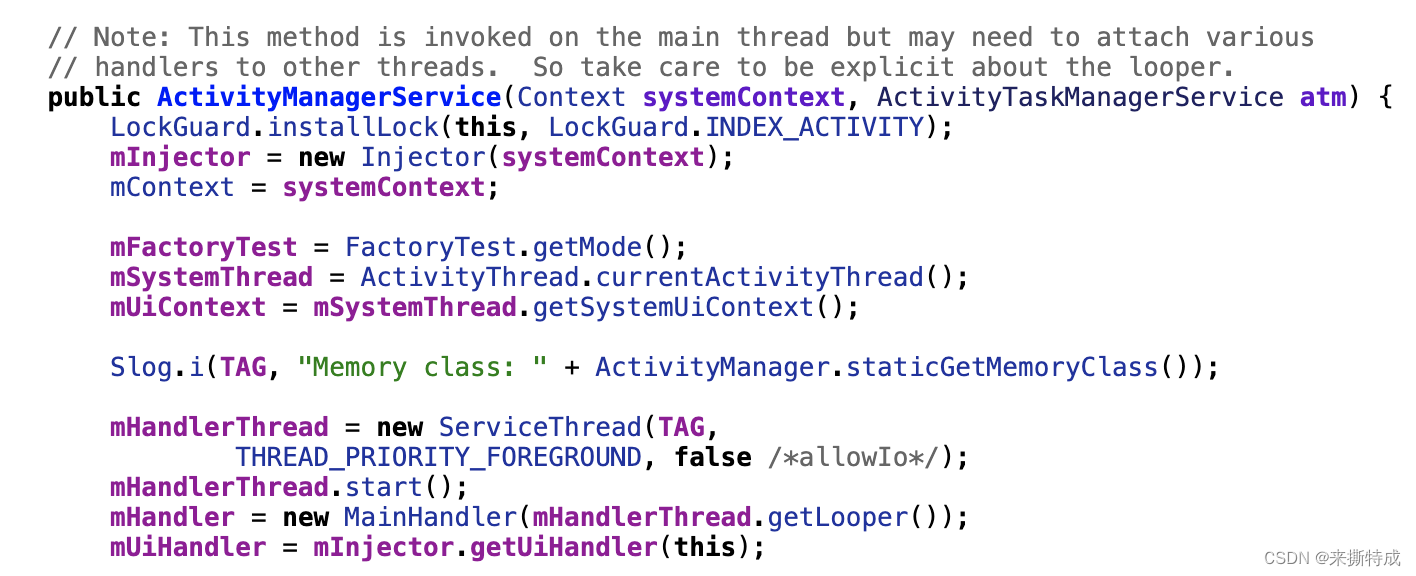

代码很多,我这边很多就截个图,具体的小伙伴们自己可以去源码中去看。
到ActivityTaskManager中的initialize方法里面去看下哈,
public void initialize(IntentFirewall intentFirewall, PendingIntentController intentController,
837 Looper looper) {
838 mH = new H(looper);
839 mUiHandler = new UiHandler();
840 mIntentFirewall = intentFirewall;
841 final File systemDir = SystemServiceManager.ensureSystemDir();
842 mAppWarnings = createAppWarnings(mUiContext, mH, mUiHandler, systemDir);
843 mCompatModePackages = new CompatModePackages(this, systemDir, mH);
844 mPendingIntentController = intentController;
845 mStackSupervisor = createStackSupervisor();
846
847 mTaskChangeNotificationController =
848 new TaskChangeNotificationController(mGlobalLock, mStackSupervisor, mH);
849 mLockTaskController = new LockTaskController(mContext, mStackSupervisor, mH);
850 mActivityStartController = new ActivityStartController(this);
851 setRecentTasks(new RecentTasks(this, mStackSupervisor));
852 mVrController = new VrController(mGlobalLock);
853 mKeyguardController = mStackSupervisor.getKeyguardController();
854 }其中mStackSupervisor = createStackSupervisor() 创建了Activity栈管理对象。
setRecentTask:设置当前任务栈
AMS和ATM是相关联的,那么代码中哪一块设置了它们之间的关系呢?
我们再次回到SystemServer中去,看代码,如下图红色框线中所示

SystemServer中startBootstrapService 后接着有比较重要的一些方法,比如setSystemProcess

public void setSystemProcess() {
2100 try {
2101 ServiceManager.addService(Context.ACTIVITY_SERVICE, this, /* allowIsolated= */ true,
2102 DUMP_FLAG_PRIORITY_CRITICAL | DUMP_FLAG_PRIORITY_NORMAL | DUMP_FLAG_PROTO);
2103 ServiceManager.addService(ProcessStats.SERVICE_NAME, mProcessStats);
2104 ServiceManager.addService("meminfo", new MemBinder(this), /* allowIsolated= */ false,
2105 DUMP_FLAG_PRIORITY_HIGH);
2106 ServiceManager.addService("gfxinfo", new GraphicsBinder(this));
2107 ServiceManager.addService("dbinfo", new DbBinder(this));
2108 if (MONITOR_CPU_USAGE) {
2109 ServiceManager.addService("cpuinfo", new CpuBinder(this),
2110 /* allowIsolated= */ false, DUMP_FLAG_PRIORITY_CRITICAL);
2111 }
2112 ServiceManager.addService("permission", new PermissionController(this));
2113 ServiceManager.addService("processinfo", new ProcessInfoService(this));
2114 ServiceManager.addService("cacheinfo", new CacheBinder(this));
2115
2116 ApplicationInfo info = mContext.getPackageManager().getApplicationInfo(
2117 "android", STOCK_PM_FLAGS | MATCH_SYSTEM_ONLY);
2118 mSystemThread.installSystemApplicationInfo(info, getClass().getClassLoader());
2119
2120 synchronized (this) {
2121 ProcessRecord app = mProcessList.newProcessRecordLocked(info, info.processName,
2122 false,
2123 0,
2124 new HostingRecord("system"));
2125 app.setPersistent(true);
2126 app.pid = MY_PID;
2127 app.getWindowProcessController().setPid(MY_PID);
2128 app.maxAdj = ProcessList.SYSTEM_ADJ;
2129 app.makeActive(mSystemThread.getApplicationThread(), mProcessStats);
2130 addPidLocked(app);
2131 mProcessList.updateLruProcessLocked(app, false, null);
2132 updateOomAdjLocked(OomAdjuster.OOM_ADJ_REASON_NONE);
2133 }
2134 } catch (PackageManager.NameNotFoundException e) {
2135 throw new RuntimeException(
2136 "Unable to find android system package", e);
2137 }
2138
2139 // Start watching app ops after we and the package manager are up and running.
2140 mAppOpsService.startWatchingMode(AppOpsManager.OP_RUN_IN_BACKGROUND, null,
2141 new IAppOpsCallback.Stub() {
2142 @Override public void opChanged(int op, int uid, String packageName) {
2143 if (op == AppOpsManager.OP_RUN_IN_BACKGROUND && packageName != null) {
2144 if (getAppOpsManager().checkOpNoThrow(op, uid, packageName)
2145 != AppOpsManager.MODE_ALLOWED) {
2146 runInBackgroundDisabled(uid);
2147 }
2148 }
2149 }
2150 });
2151
2152 final int[] cameraOp = {AppOpsManager.OP_CAMERA};
2153 mAppOpsService.startWatchingActive(cameraOp, new IAppOpsActiveCallback.Stub() {
2154 @Override
2155 public void opActiveChanged(int op, int uid, String packageName, boolean active) {
2156 cameraActiveChanged(uid, active);
2157 }
2158 });
2159 }主要做的就是添加一些service。
